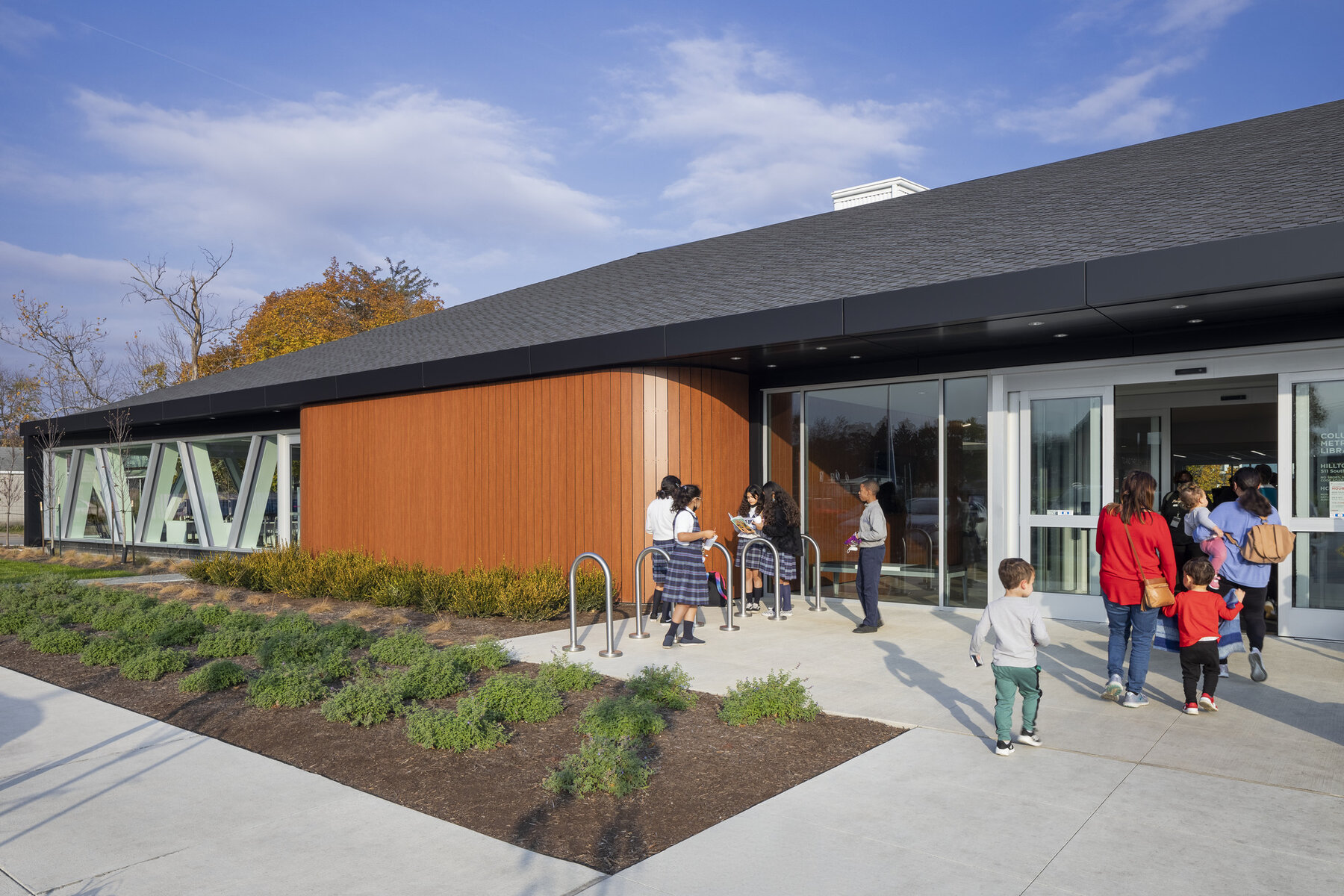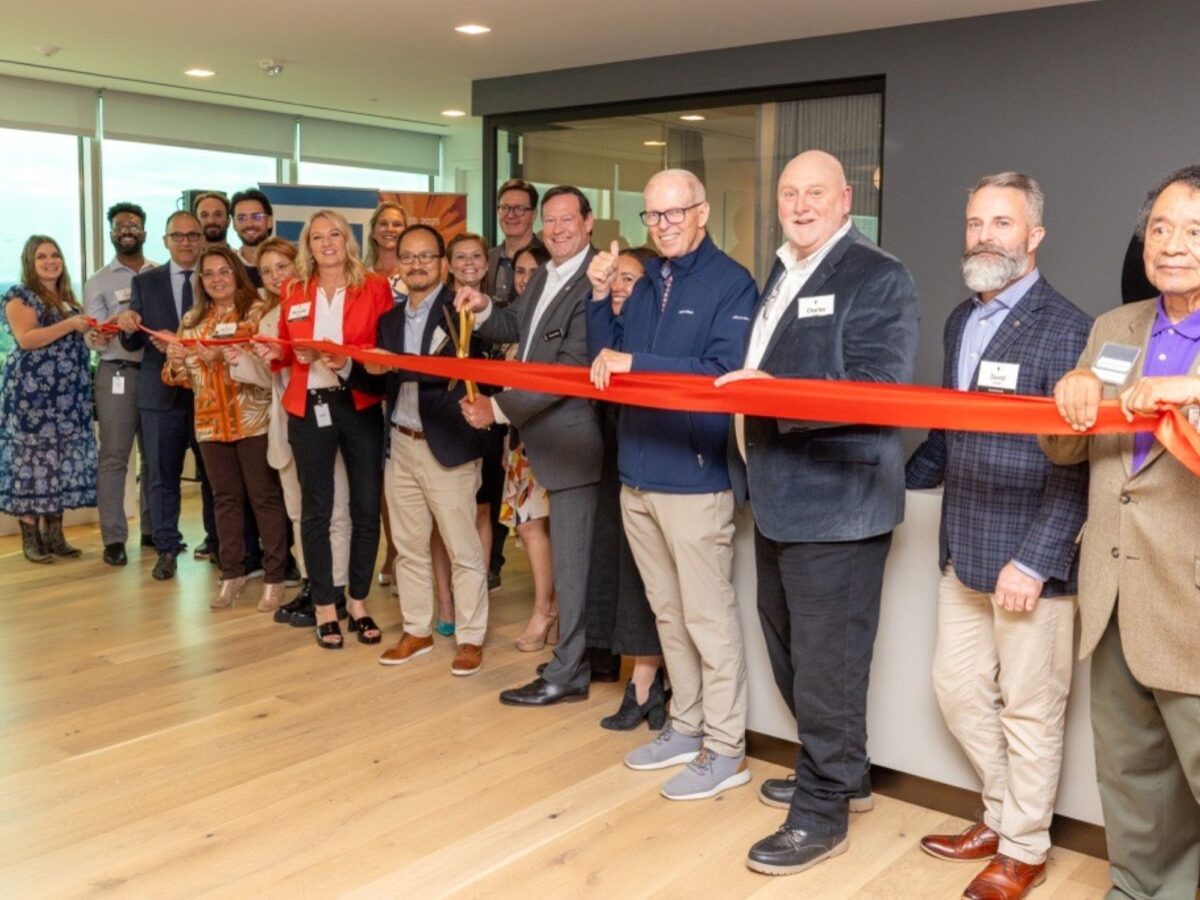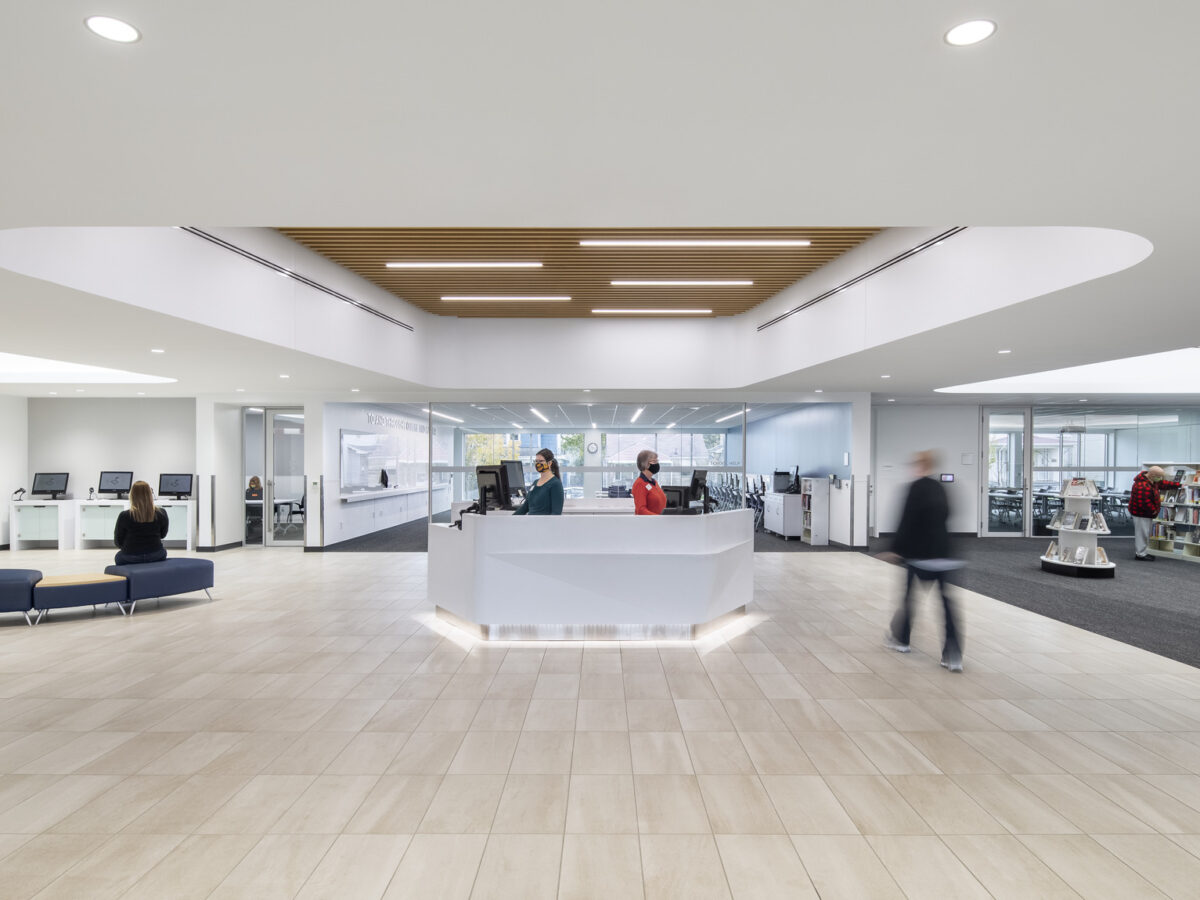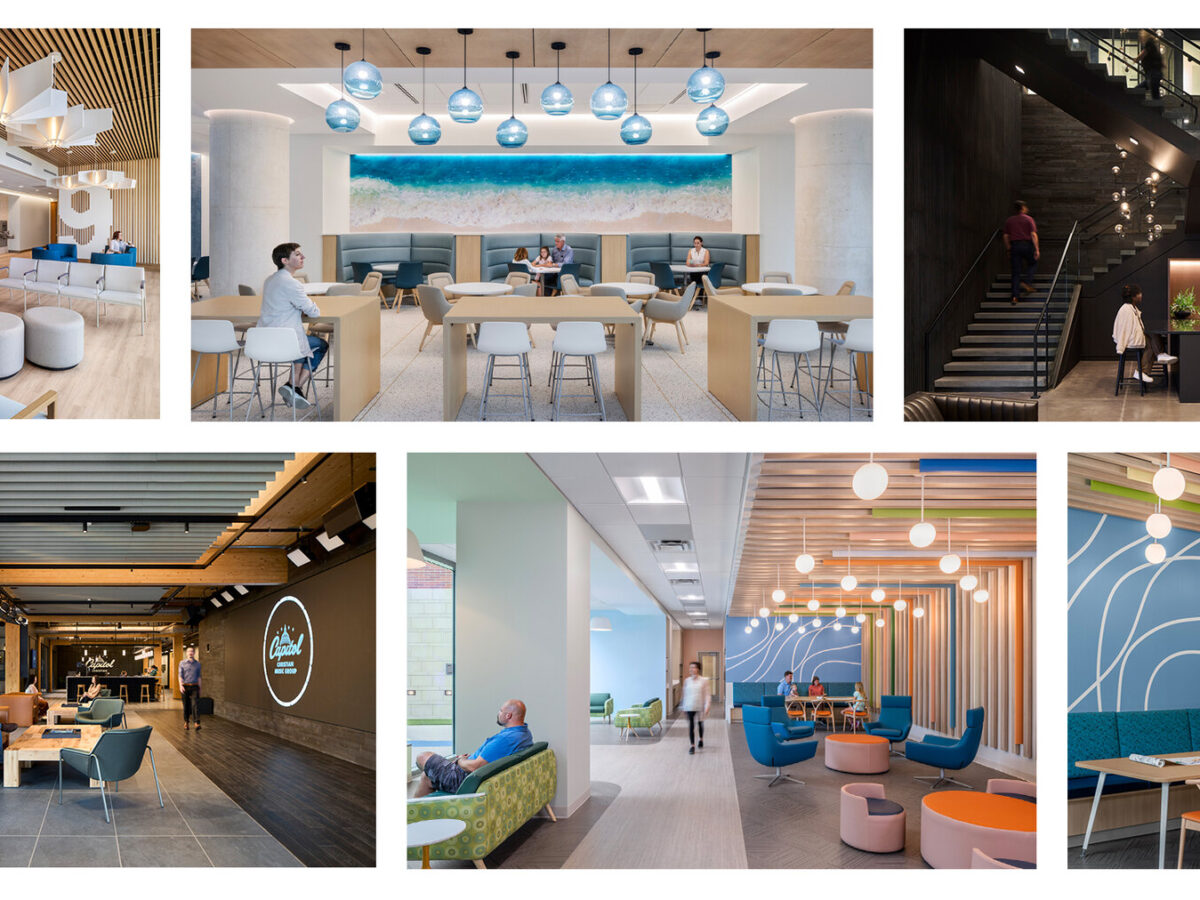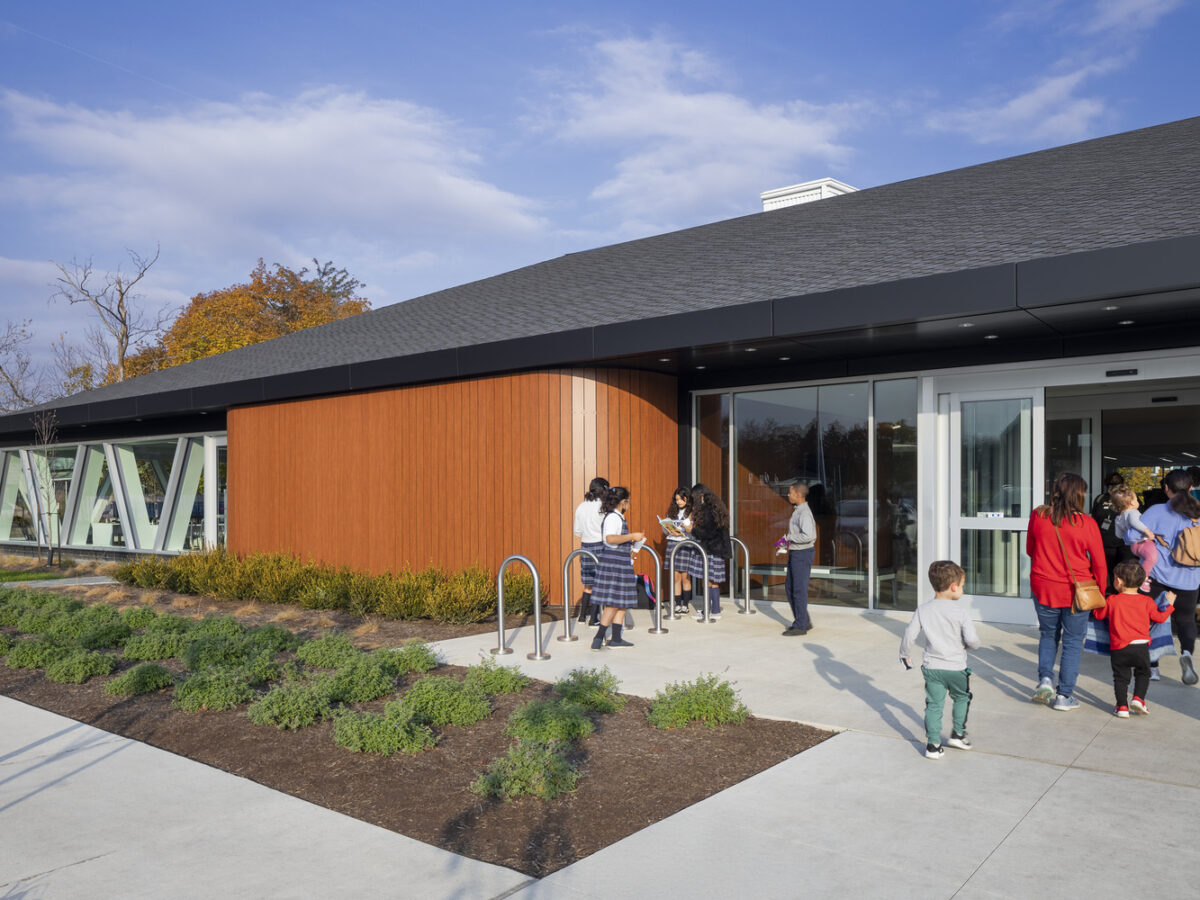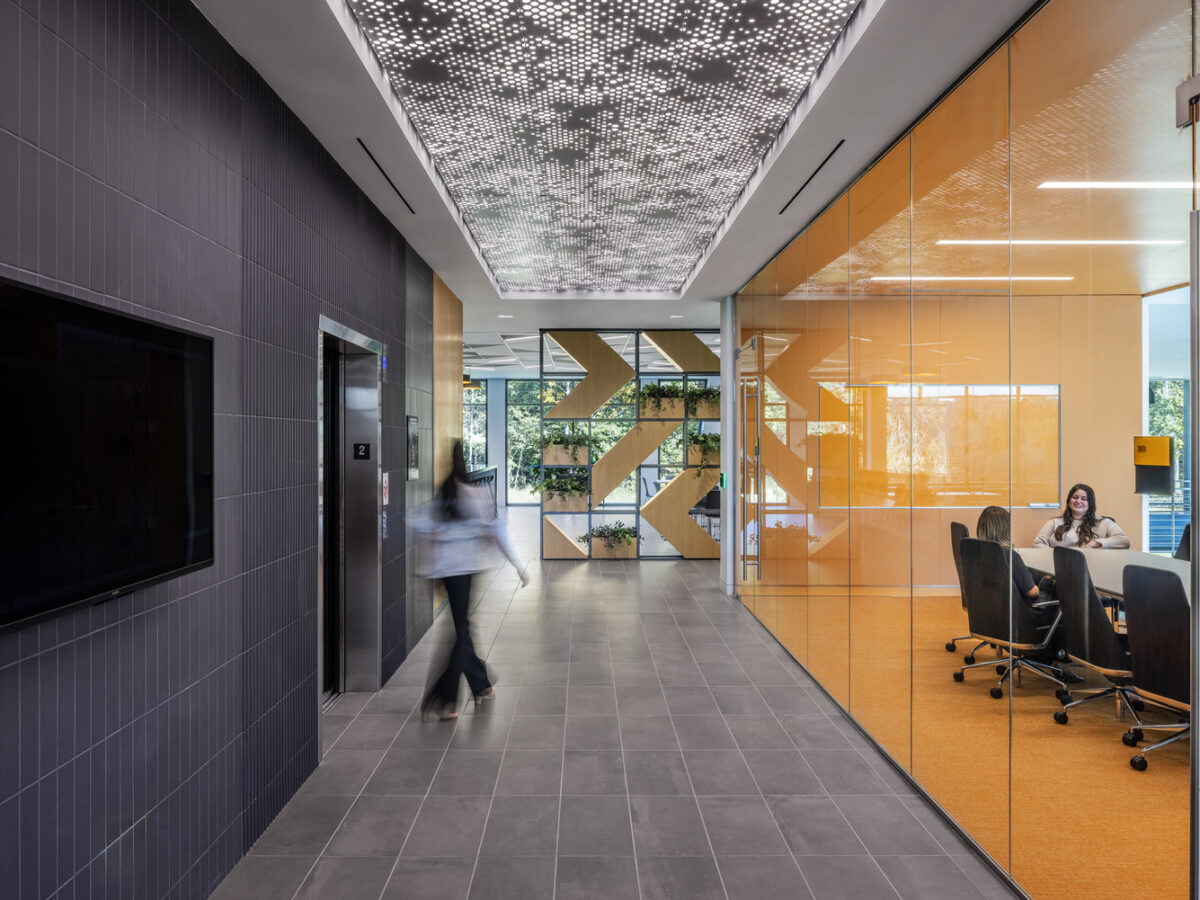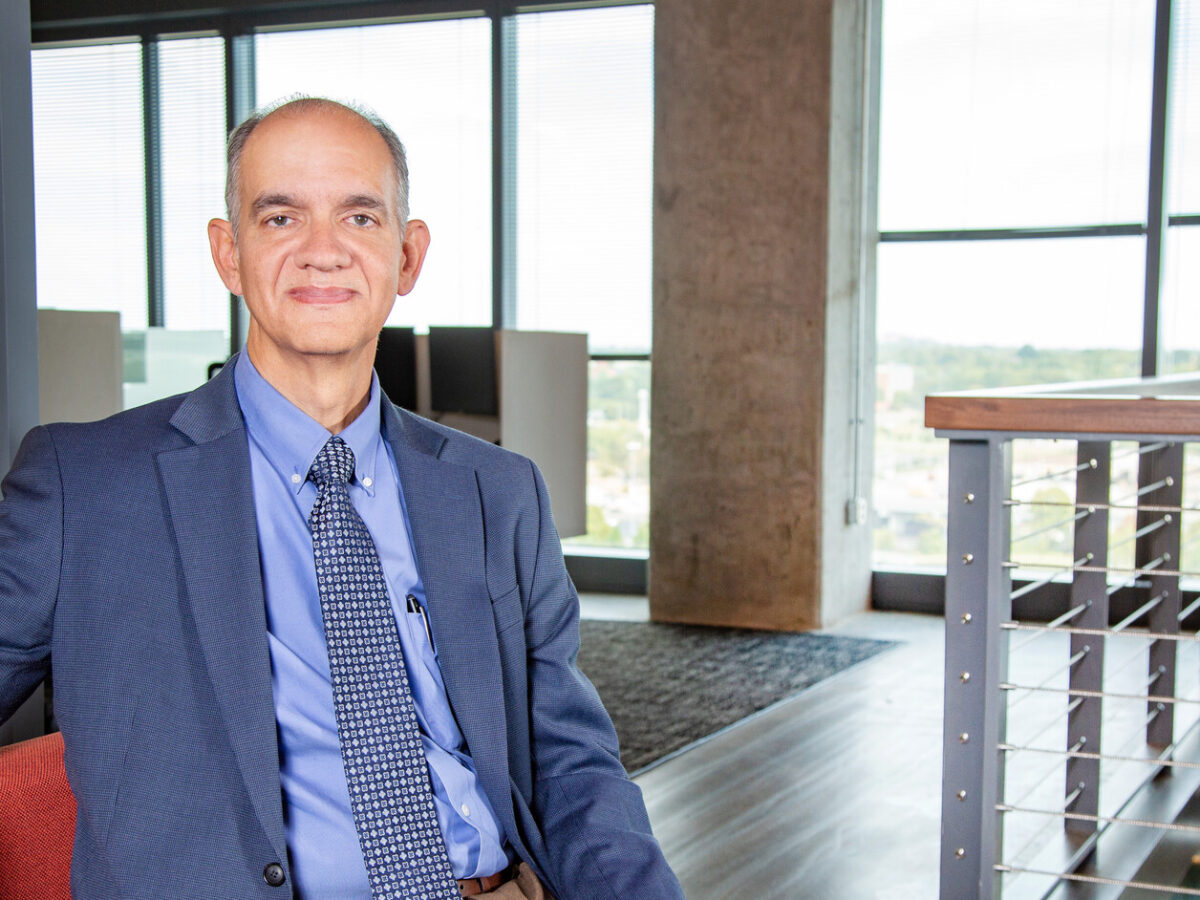Public libraries have long been at the heart of communities, evolving to meet changing technological, social, and economic landscapes. While some have predicted their decline in the internet age, libraries continue to flourish—redefining their roles as civic anchors, digital hubs, and vital social service providers.
We recently sat down with Pat Losinski, senior advisor of Library Services in Gresham Smith’s Life and Work Places market, to explore the current trends shaping public libraries across America. With over four decades of experience in new library buildings, governance, funding, and operations—and a history of leading significant library systems, including his previous role as CEO of the Columbus Metropolitan Library System—Pat shares some valuable insights into the future of public libraries.
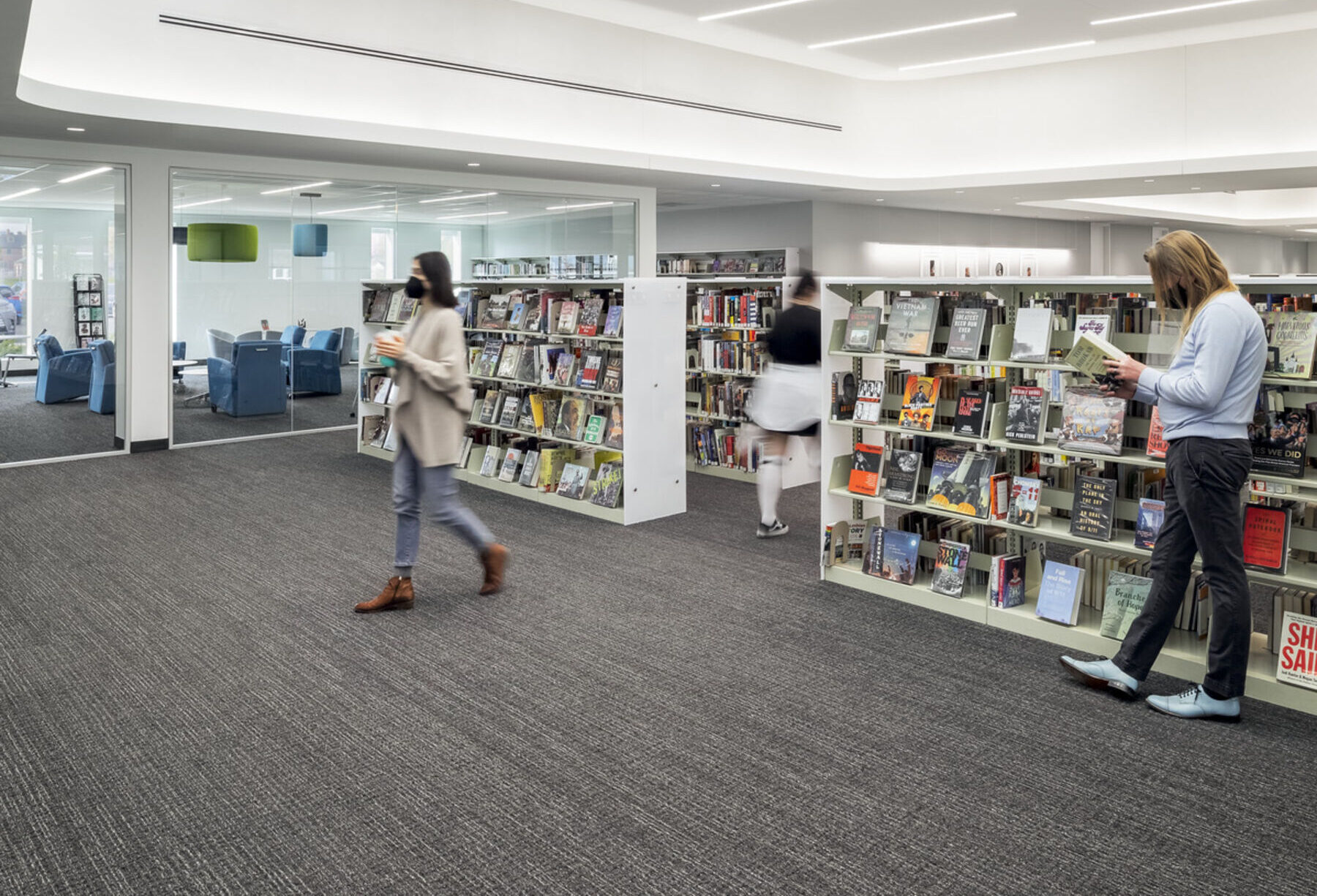
The demise of public libraries has long been predicted, yet they continue to thrive. What do you see as the key factors in their evolution?
Pat Losinski: After a long career in libraries, I can say that people have been predicting their decline since about 1994—the year the internet started changing the landscape. Some saw it immediately as a major digital shift, while others worried libraries might lose relevance. Around that time, the Gates Foundation launched an initiative providing free computers and internet access to libraries—much like Andrew Carnegie’s efforts to expand access to books a century earlier.
Just as Carnegie built nearly 1,700 public libraries to foster literacy and self-improvement, the Gates Foundation recognized that in the digital age, tech access and digital literacy would be just as essential. Fast forward 30 years, and libraries are thriving because they’ve successfully repurposed their core work and remained on the cutting edge of service.
Unlike travel agencies, which failed to adapt, libraries have continuously innovated—introducing cafes, maker spaces, collaborative learning environments, and enhanced digital resources. Additionally, libraries benefit from an extensive network of professionals who share ideas rather than compete. This dynamic allows even local libraries to contribute to a broader national asset and the positive brand of “library.”

Why does the physical space of a public library still matter in today’s world?
Pat: I’ve thought about this question for a long time. People often visit libraries to work quietly on a personal project, yet they choose to do so in the presence of others. Why? Because humans are social creatures—we like to see and be seen. Libraries act as unique civic spaces where serendipitous encounters happen naturally.
Time and again, I’ve witnessed strangers meet for the first time or old friends reconnect in these spaces. When I’d look down from the upper levels of a library, I’d often think, If society worked as harmoniously as people do inside libraries, we’d be a far more cohesive country. Libraries welcome people of all ages, races, religions, genders, and backgrounds—because no one owns the space, and yet, we all do.
For decades, Starbucks positioned itself as a “third place”—somewhere between home and work. However, corporations have begun limiting that model, requiring purchases to linger. Libraries, on the other hand, ask for no transaction. They are among the few spaces where you can simply exist, learn, and engage—without cost or expectation.
“… libraries have continuously innovated—introducing cafes, maker spaces, collaborative learning environments, and enhanced digital resources.”
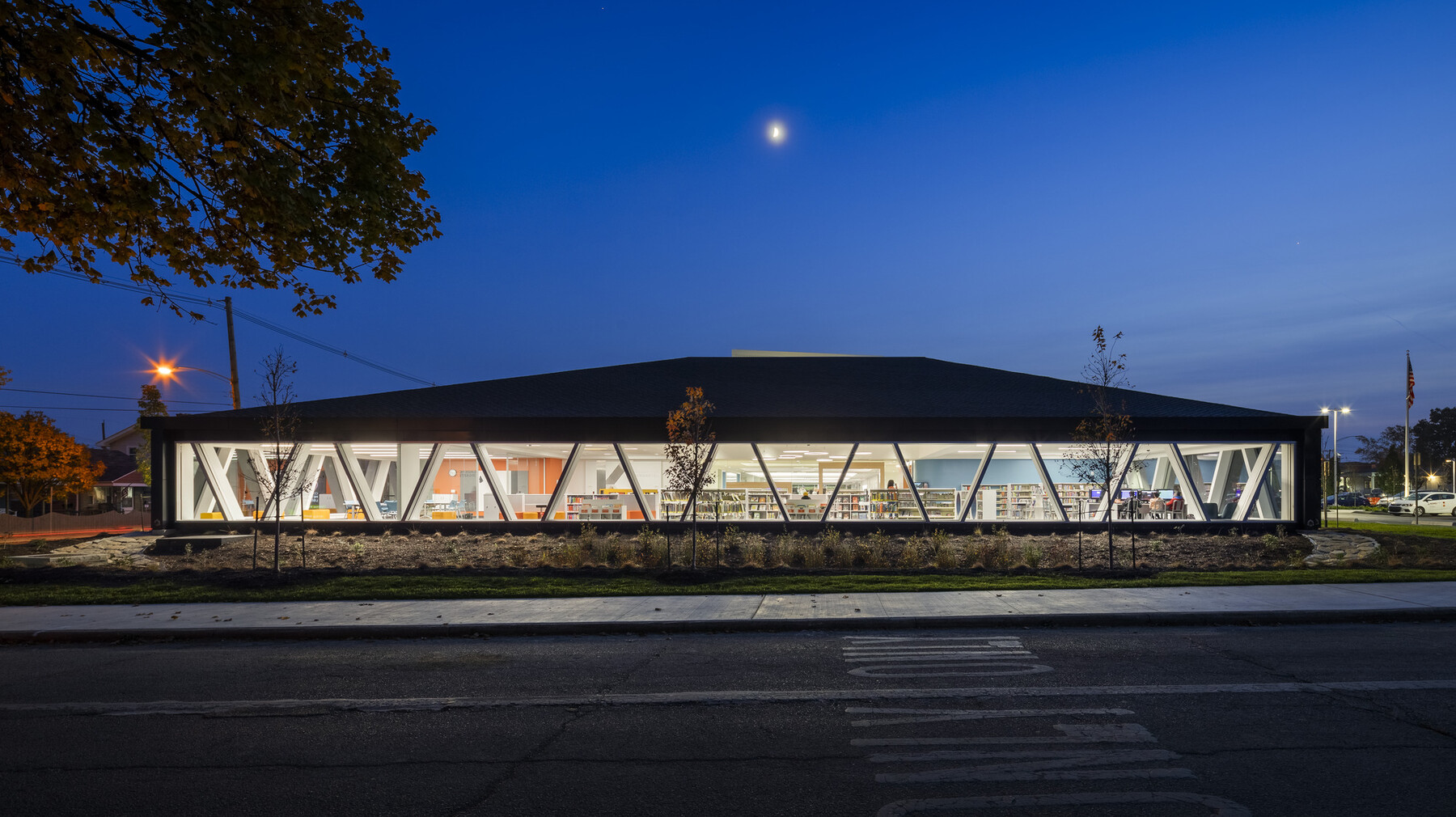
Many cities are exploring multitype and shared-use library models. What are the advantages of integrating libraries with other civic, residential, or commercial spaces?
Pat: As urban populations grow and real estate values rise, cities are looking for ways to make the most of public assets. Libraries have increasingly been integrated into mixed-use developments, which can include affordable housing, government service hubs, and even commercial spaces.
In Columbus, for example, we collaborated on projects that combined libraries with affordable housing for middle-income workers like firefighters, teachers, and healthcare professionals—many of whom were being priced out of cities.
Shared-use models also foster civic synergy. A library placed near services like post offices, permit agencies, or recreation centers creates a one-stop civic center for residents. Mixed-use developments also generate foot traffic, which in turn increases exposure to the library for people who might not otherwise visit it.
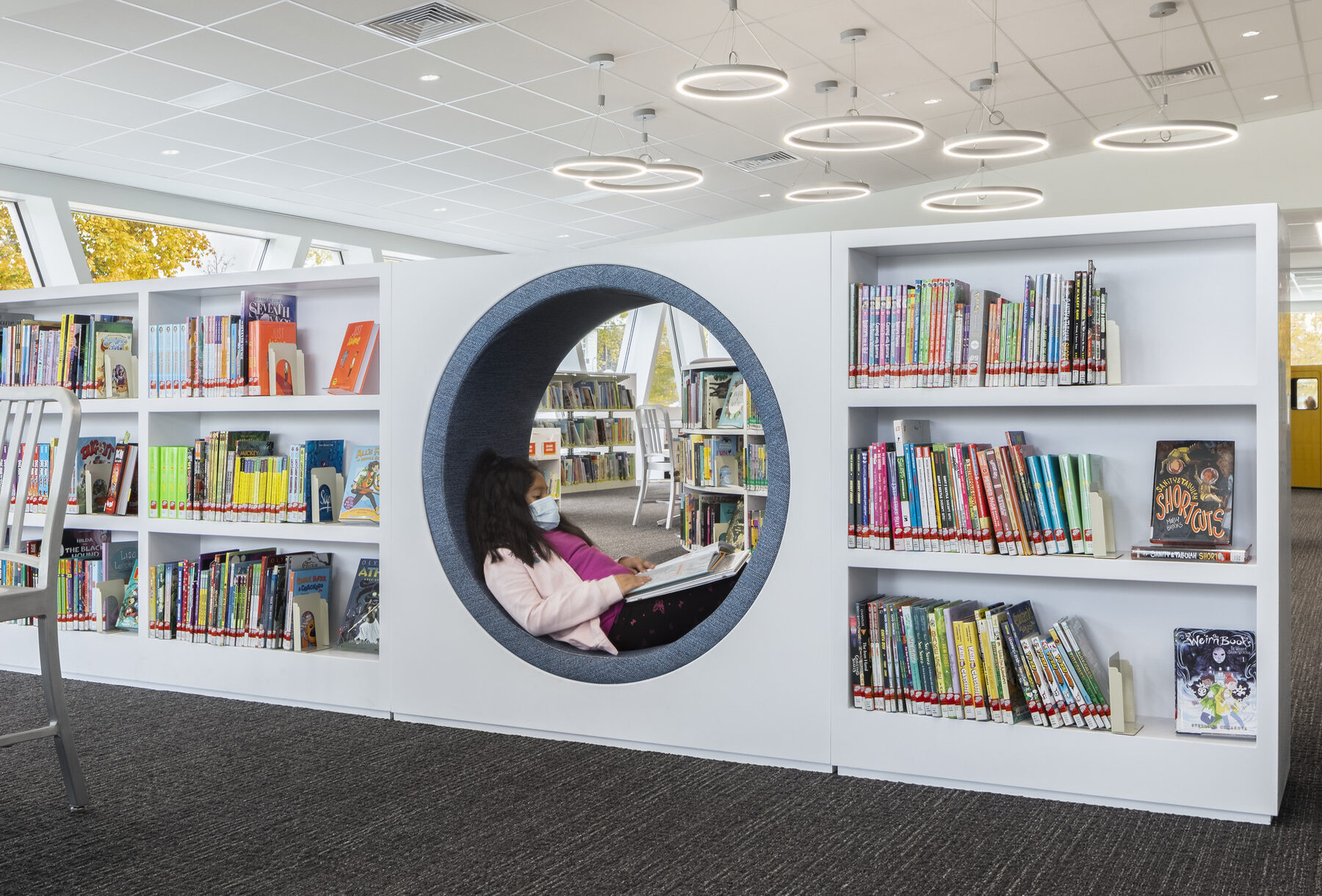
What opportunities exist to rethink and repurpose library spaces?
Pat: Traditionally, libraries were places to house physical materials—books, records, films—that people would check out and consume. Over the past 30 years, those formats have evolved rapidly. When I first started in the field, libraries loaned VHS tapes and vinyl records, then CDs and DVDs, and now digital downloads.
Today, e-books and audiobook lending is growing at a faster rate than print materials. While print circulation has rebounded post-pandemic, digital borrowing is set to surpass it in most libraries within five years or less. As a result, libraries are rethinking physical space. Large book stacks are giving way to more communal, experience-driven areas. Meeting rooms, collaborative spaces, and study pods are in high demand.
Additionally, some programs are moving into open public areas rather than behind closed doors, making library programming more visible and inviting. Essentially, libraries are moving beyond being warehouses for books—they’re evolving into interactive environments that foster learning, connection, and creativity.
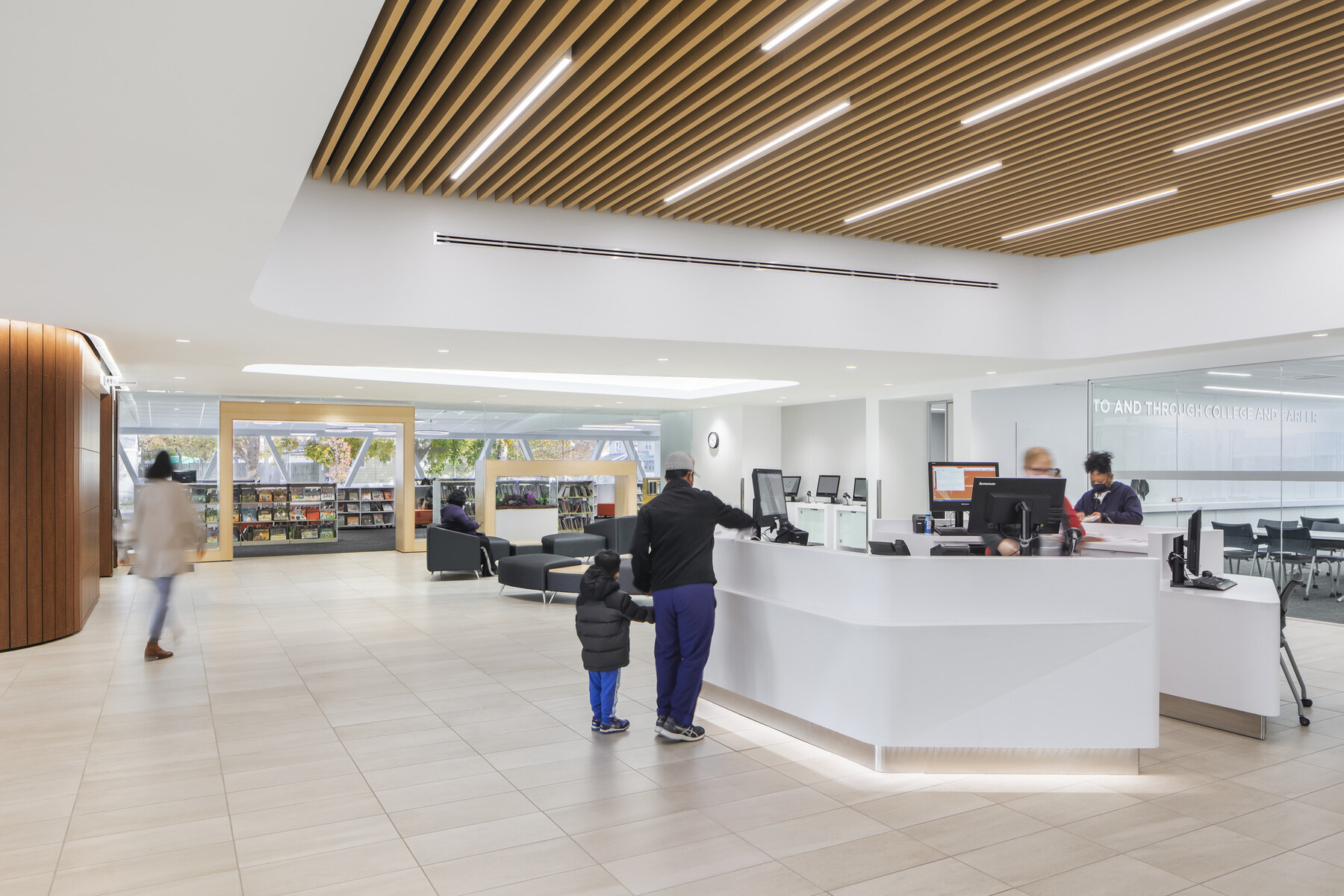
What shifts have you witnessed during your career leading multiple libraries across different states?
Pat: When I started, libraries still had card catalogs! I remember barcode-scanning collections for the first time. Now, libraries are largely self-service institutions. Much like airlines introduced self-check-in and grocery stores adopted self-scanning lanes, libraries have embraced self-checkout to allocate staff time toward more impactful, transformational work. That shift has allowed librarians to focus on services such as early literacy, job training, and social service support.
Some partnerships we built in Columbus included literacy councils, English language programs, and workforce development services run by Goodwill. These programs directly serve vital community needs.
Another major shift is the rise in social services. Libraries see a growing number of visitors facing food insecurity, homelessness, or mental health challenges. In response, many libraries now employ social workers or partner with local agencies to provide guidance on housing, healthcare, and employment resources. Libraries never set out to replace social service agencies, but they’ve become a place where people know they can find help.

What role do public libraries play in building thriving communities?
Pat: Through technology adoption, shared-use models, reimagined spaces, and expanded community services, public libraries continue to be a pillar of civic life. This adaptability is what drew me to Gresham Smith. Its Core Purpose to plan, design, and consult in ways that create healthy and thriving communities aligns deeply with the purpose and impact of public libraries.
Libraries don’t just serve communities—they help sustain them. When a community thrives, its library thrives. And when a library thrives, it elevates the community as a whole.
